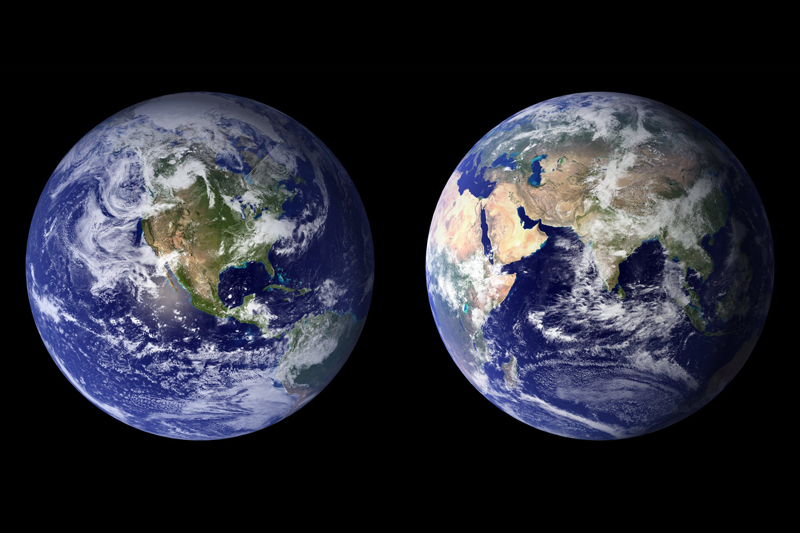Incan Mummies Unearthed

A large number of Incan mummies were unearthed in Peru, according to a find made public in a news conference, just recently at The National Geographic Society.
The discovery of these 2,200-2,400, very well-preserved mummies was made, when they were dug up by a team of archeologists, from beneath the earth of a shanty-town near Lima in Peru. It is said, that a lot of the mummmies were in excellent condition, because many still had their hair, skin, and eyes in tact.
This great find gives both the lay men, as well as the scientist, a much better look and insight into the lives of the ancient Incan people. Some of the mummies found were infants, as well as the elderly, and others bore evidence of their particular social class from rich to poor.
Some of the mummies that were excavated at the cemetery site, were bundled closely together, in groups of up to seven individuals in number. Included with these special "people" bundles, were the remains of their possessions as well, which made the mummies weigh in at hundreds of pounds each.
The excavated mummies are believed to have been buried somewhere between 1480 and 1535. This specific gravesite is said to have once served, as a main cemetery for the Incan Empire, which was the ruling dynasty in South America before the Spanish came along and conquered them. Then their civilization and culture seemed to fade into oblivion from that point forward.
Amid the three unwrapped mummy bundles so far, one very special one was dubbed "The Cotton King", because along with the bodies of an Incan noble and a baby. There was hundreds of pounds of raw cotton attached, as well as the personal effects, which had belonged to said mummy in question.
This excellent mummy discovery is sure to answer many unsolved questions about the manner in which, the ancient Incans lived their lives, and how they died too as well. Also it will provide a wealth of overall new knowledge and better understanding of them as an early people.
The discovery of these 2,200-2,400, very well-preserved mummies was made, when they were dug up by a team of archeologists, from beneath the earth of a shanty-town near Lima in Peru. It is said, that a lot of the mummmies were in excellent condition, because many still had their hair, skin, and eyes in tact.
This great find gives both the lay men, as well as the scientist, a much better look and insight into the lives of the ancient Incan people. Some of the mummies found were infants, as well as the elderly, and others bore evidence of their particular social class from rich to poor.
Some of the mummies that were excavated at the cemetery site, were bundled closely together, in groups of up to seven individuals in number. Included with these special "people" bundles, were the remains of their possessions as well, which made the mummies weigh in at hundreds of pounds each.
The excavated mummies are believed to have been buried somewhere between 1480 and 1535. This specific gravesite is said to have once served, as a main cemetery for the Incan Empire, which was the ruling dynasty in South America before the Spanish came along and conquered them. Then their civilization and culture seemed to fade into oblivion from that point forward.
Amid the three unwrapped mummy bundles so far, one very special one was dubbed "The Cotton King", because along with the bodies of an Incan noble and a baby. There was hundreds of pounds of raw cotton attached, as well as the personal effects, which had belonged to said mummy in question.
This excellent mummy discovery is sure to answer many unsolved questions about the manner in which, the ancient Incans lived their lives, and how they died too as well. Also it will provide a wealth of overall new knowledge and better understanding of them as an early people.

Editor's Picks Articles
Top Ten Articles
Previous Features
Site Map
Content copyright © 2023 by Julie S.. All rights reserved.
This content was written by Julie S.. If you wish to use this content in any manner, you need written permission. Contact Ije Yvonne for details.


